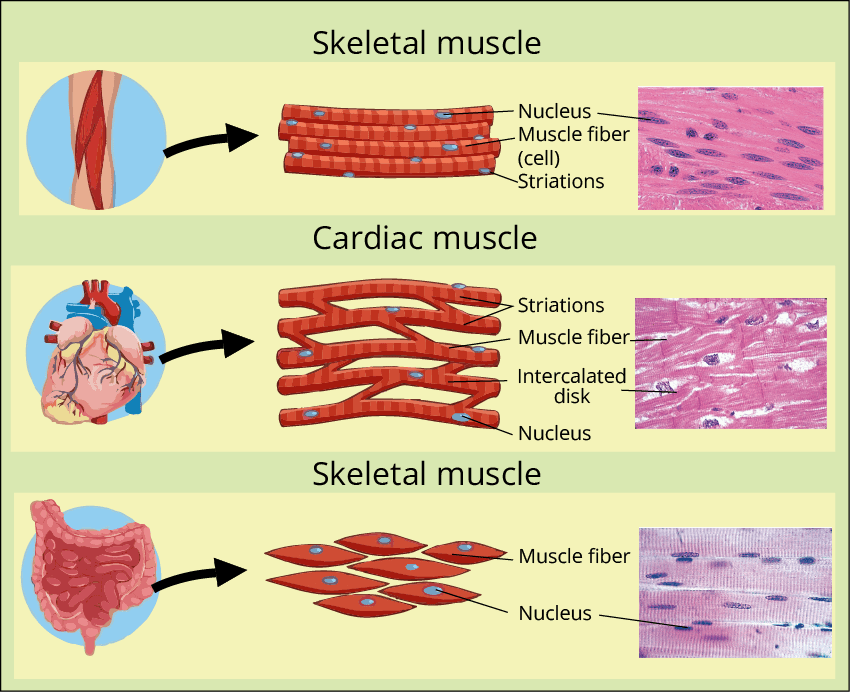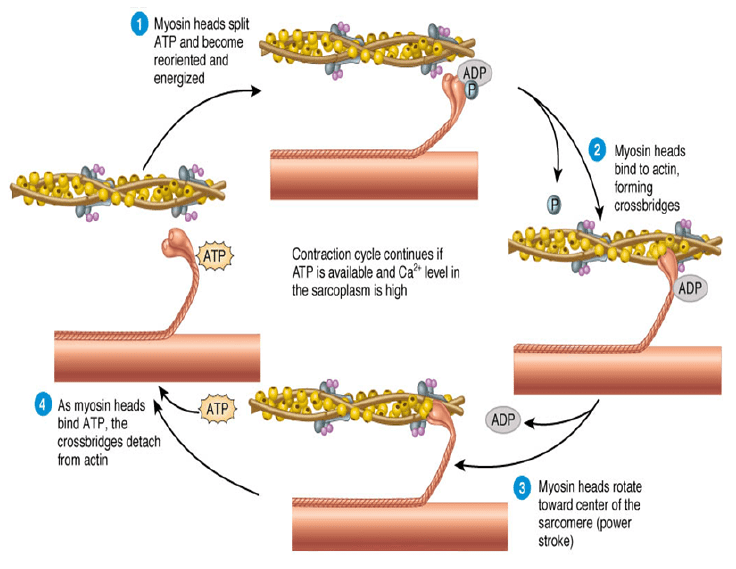Locomotion and Movement Class 11 important questions with answers PDF download
FAQs on CBSE Important Questions for Class 11 Biology Locomotion and Movement - 2025-26
1. What are the most frequently asked 1-mark questions from Class 11 Biology Chapter 17 – Locomotion and Movement in recent CBSE board exams (2025–26)?
- Name the functional contractile unit of a muscle: Sarcomere
- What is arthritis?: Inflammation of one or more joints, causing pain and stiffness
- Name the tissue connecting muscles to bones: Tendon
2. Which 3-mark HOTS (Higher Order Thinking Skills) questions are repeatedly tested for Locomotion and Movement, Class 11, and what makes them important?
Frequently tested HOTS in CBSE Biology include:
- Explain the initiation of muscle contraction. What are the roles of sarcoplasmic reticulum, myosin head, and F-actin?
- Differentiate between red and white muscle fibres beyond colour.
- Draw and label a sarcomere, stating which parts shorten during contraction.
3. How should a student approach the 5-mark questions on the sliding filament theory or types of joints for maximum marks in CBSE 2025–26?
- Use labelled diagrams wherever suited (e.g., sarcomere for sliding filament theory)
- Bullet key steps chronologically: For sliding filament, describe muscle impulse, Ca++ release, actin-myosin interaction, ATP role, relaxation
- List and exemplify types for ‘joints’ questions: Ball-and-socket (shoulder), hinge (knee), pivot (neck), gliding (wrist), saddle (thumb), condyloid (wrist)
- Link each point to function or real example
4. What are common conceptual traps or mistakes students make in Locomotion and Movement Class 11 important questions?
- Confusing types of muscle fibres (red vs. white) and their properties
- Mislabeling joints (e.g., calling the elbow a pivot instead of hinge)
- Mixing up the order of events in muscle contraction
- Overlooking distinctions between endoskeleton and exoskeleton
5. What is the exam weightage for Locomotion and Movement in the CBSE Biology Class 11 board paper (2025–26), and how does it impact selection of important questions?
Locomotion and Movement forms part of Unit 5 (Human Physiology), which carries approximately 18 marks in the CBSE final exam. This high weightage means that mastering important questions from Chapter 17 significantly boosts overall score potential for board and NEET aspirants.
6. How is a sarcomere structurally organized, and which parts shorten during muscle contraction (Class 11 important question)?
- Sarcomere extends between two Z lines
- Contains alternating A (anisotropic, myosin-rich) and I (isotropic, actin-rich) bands
- During contraction, I-band and H-zone shorten, while the A-band remains the same
7. Why is understanding the difference between endoskeleton and exoskeleton stressed in CBSE Class 11 important questions?
Differentiating endoskeleton (internal – vertebrates, bone/cartilage) and exoskeleton (external – invertebrates, chitin/cuticle/shell) helps clarify evolutionary adaptation and body support. Failure to explain key features or examples can cost marks in 2-3 mark questions.
8. In CBSE Class 11 Biology, what makes synovial joints freely movable, and what are the main types asked in exams?
- Presence of synovial cavity filled with lubricating synovial fluid enables free movement
- Key types examined: ball-and-socket, hinge, pivot, saddle, gliding, condyloid
9. What key role does calcium (Ca++) play in muscle contraction according to important questions in Locomotion and Movement?
Calcium ions, when released from the sarcoplasmic reticulum, bind to troponin on actin filaments, unmasking binding sites for myosin and initiating cross-bridge formation for muscle contraction. This is considered a frequently asked HOTS/5-mark concept in CBSE exams.
10. How should students tackle frequently asked questions about disorders of the muscular and skeletal system for CBSE exams?
Cite named disorders (e.g., myasthenia gravis, muscular dystrophy, arthritis, osteoporosis, tetany), stating symptoms, causes, and the affected system (muscular or skeletal). Focus on three points for each and match the official CBSE marking pattern for 3-mark or 5-mark responses.
11. What types of questions on antagonistic muscles are most expected in Class 11 Biology exams, and how should they be answered?
Exam questions often require definition and specific examples. An effective answer is: Antagonistic muscles are pairs where one contracts and the other relaxes to produce opposite movements at a joint (e.g., biceps/triceps at the elbow). Including practical examples ensures marks for application.
12. Why is it important for Class 11 students to master differences between red and white muscle fibres, and how are such questions formatted in exams?
Exam questions regularly ask for tabular or bullet-point differences (except colour), e.g., myoglobin content, contraction speed, fatigue resistance, respiration type. Accurate, pointwise answers following the latest CBSE formats are rewarded in 2- or 3-mark mapped questions.
13. What FUQ (Frequently Unasked Question) uncovers deeper application for NEET/CBSE: How does faulty calcium regulation impact both muscle function and overall locomotion?
Poor calcium regulation (e.g., due to parathyroid disorders) hampers proper muscle contraction and relaxation, causing muscle spasms (tetany). Over time, skeletal health is also affected, increasing fracture risk and impairing locomotion. Such multidisciplinary questions are trending in NEET 2025 and school boards.
14. What is the strategic benefit of practicing CBSE Class 11 Locomotion and Movement important questions labelled by mark weightage?
Practicing by mark scheme (1, 2, 3, 5-mark) helps visualize answer depth expected, ensures concise and relevant points for short-answer, and logical elaboration for long-answer formats—boosting performance in both CBSE and competitive exams.
15. In Class 11 Biology, how does the structure of the pectoral and pelvic girdles facilitate human movement, as per important question patterns?
- Pectoral girdle: Articulates upper limbs to axial skeleton, allows wide range of arm motion
- Pelvic girdle: Anchors lower limbs, supports body weight, stabilizes movement





















